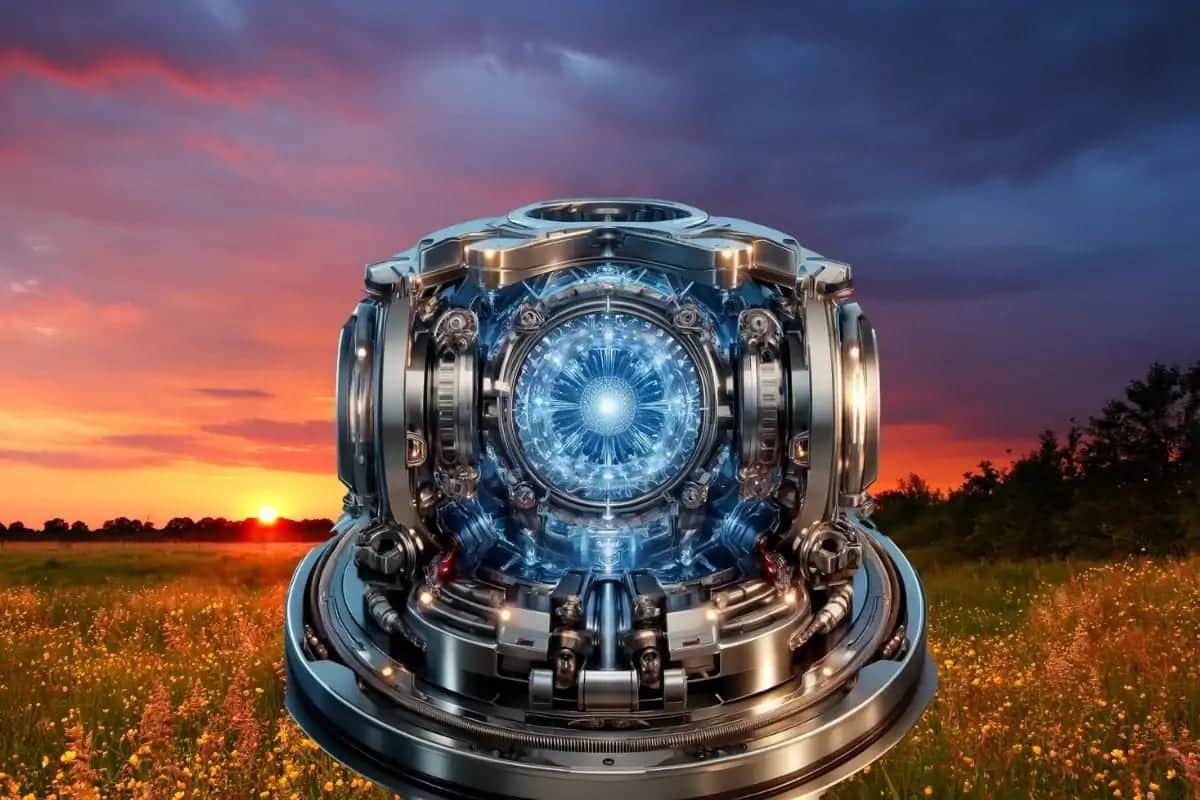A glimpse of a post-fuel paradigm
The idea of a machine powered by quantum phenomena rather than combustion sounds audacious. Yet a new prototype suggests an engine that thrives on correlations instead of chemistry. It hints at a future where motion comes from information engraved in nature itself.
What quantum entanglement really does
In entanglement, two particles share a single state even when separated by vast distances. Change one, and the other reflects that influence with startling, nonlocal precision. Einstein called it “spooky,” but today its mathematics and controlled experiments are mature and usable.
Entanglement is not a telegraph; it is a structured resource that can be consumed, steered, and refreshed. As a physical asset, it behaves like a kind of currency for work under strict rules.
A first-of-its-kind demonstration
Researchers at the Chinese Academy of Sciences report a prototype that treats entanglement as a functional fuel. Instead of burning hydrocarbons or feeding electrons, it leverages shared quantum states to amplify useful motion. The result is an engine that mines ordered correlations to extract ordered work.
Their work marks a step from abstract theory toward practical hardware. It reframes energy conversion as a dance between coherence and engineered noise.
How the engine transforms light into motion
The core architecture employs calcium ions confined in an electromagnetic trap. Ultra-stable lasers sculpt their internal states and couple those states to vibrational modes. With careful timing, optical kicks become directed oscillations that resemble a microscopic piston.
Because the ions are entangled, the collective response exceeds what isolated particles could deliver. The engine converts structured light into structured movement by exploiting joint correlations.
The mechanism behind the gains
The trick is to entangle multiple ions so that their fluctuations cancel waste and reinforce motion. Entanglement suppresses randomness where it harms efficiency, and concentrates order where it produces work. The device steers the boundary between quantum coherence and controlled dissipation.
In effect, correlation becomes a thermodynamic resource alongside heat, work, and information. The stronger the correlations, the cleaner the conversion from photons to mechanics.
What the experiments revealed
After more than ten thousand runs, the team saw efficiency rise with greater entanglement. When correlations were degraded, output power fell; when rebuilt, output recovered. The engine’s behavior tracked the amount of shared information, not the amount of injected heat.
This does not break the laws of thermodynamics; it extends them to include information. As the researchers note, “entanglement is a usable form of ordered structure, and ordered structure is convertible into work.”
Why this matters beyond the lab
Engines like this could power specialized micromachines where batteries are bulky and wasteful. They could drive precision actuators in quantum sensors and error-corrected computers. And they might harvest ambient photons or engineered noise to sustain tiny autonomous devices.
- Potential integration with quantum processors and cryogenic platforms
- Low-vibration actuators for ultrasensitive metrology tools
- On-chip engines for lab-on-a-chip robots and biomedical systems
- Hybrid light-mechanics interfaces for communications and control
- Educational demonstrators bridging quantum theory and practical engineering
The caveats that keep scientists cautious
Entanglement is fragile under heat and environmental noise. Scaling from a handful of ions to larger arrays will require clever error suppression. Real-world devices must function outside ideal vacua and beyond perfect lasers.
Even so, engineering has repeatedly tamed fragile phenomena—from superconductivity to semiconductors. Each breakthrough began as an implausible demo and matured into everyday infrastructure.
A quiet revolution in thermodynamics
Classical engines turn temperature gradients into work via expanding gases. Quantum engines broaden the palette, turning structured correlations into work via tailored interactions. The familiar heat-to-motion arc gains a new branch where information becomes active.
As one researcher put it, “We are not burning fuel; we are orchestrating correlations.” It is a subtle shift with sweeping implications for efficiency and design.
Where the road leads next
Expect efforts to stabilize longer-lived coherence and ruggedize compact traps. Anticipate better laser control, improved ion-photon interfaces, and smarter feedback algorithms. Watch for theoretical bounds that tie resource accounting to practical limits.
If these threads hold, engines may one day be rated not just by torque and wattage, but by correlation bandwidth and fidelity. It would signal a world where power systems are measured in units of ordered structure, and where the cleanest fuel is exquisitely arranged information.

